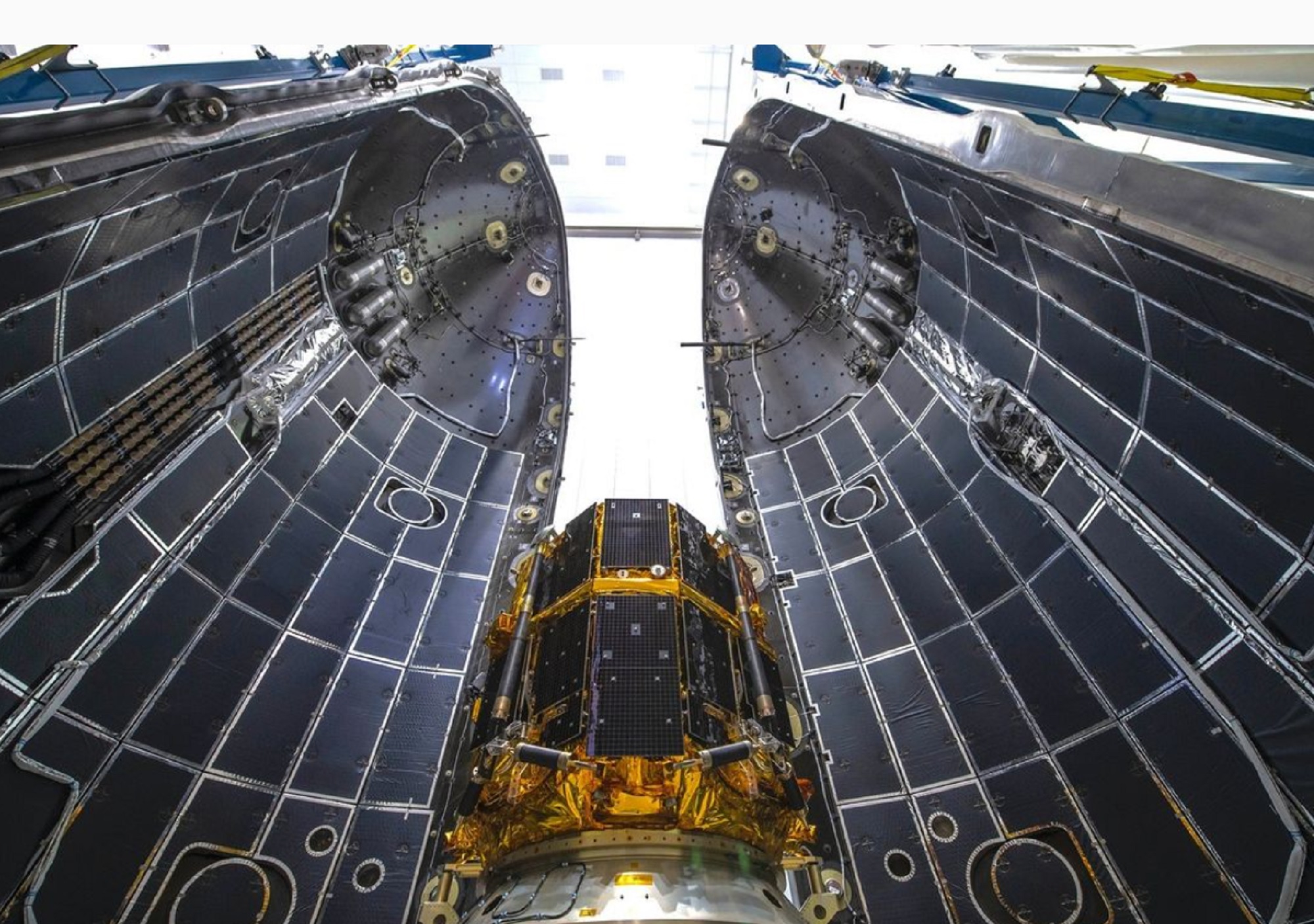

This story has been updated.
The space industry has blossomed in recent years, with commercial rocket launches sending more craft than ever into orbit. But for private companies to explore destinations beyond Earth, which could catapult the space business into its golden age, a major step is underway: A privately funded lander is headed to the moon to attempt the first commercial soft landing on the lunar surface.
The Tokyo-based Japanese space exploration company ispace built the small, hot-tub-sized lander destined for Earth’s satellite. Though it was originally targeted to fly earlier in November, the craft launched from Cape Canaveral, Florida, on December 11 aboard a SpaceX Falcon 9 rocket.
“The most important point is that our mission is not just a lunar landing,” says Jumpei Nozaki, director and chief financial officer at ispace. The eventual goal, the company says, is to create a cislunar economy, or commerce and economic growth that revolves around human space activities on the moon or in Earth’s orbit.
But before all that, the company needs to touch down on the moon. The M1 lander, part of ispace’s Hakuto-R program, will be the company’s first foray into lunar exploration, essentially acting as a demonstration mission to validate both the lander’s design and its technology. Google’s Lunar X Prize competition, which ran from 2007 to 2018 and was designed to spur affordable access to the moon, in part kicked off ispace’s interest in getting there. Although the competition ended without a team securing the $30 million dollar prize, it succeeded in inspiring many new spacecraft concepts, ispace’s lander included.
Coming in at a dry weight of just under 800 pounds, the craft will carry multiple commercial and government payloads with it along its journey, including the United Arab Emirates’ first lunar rover, Rashid, as well as a baseball-sized lunar robot from the Japanese Space Agency (JAXA), and a music disc containing a song by a Japanese rock band, Sakanaction.
[Related: NASA could build a future lunar base from 3D-printed moon-dust bricks]
For all the build-up in getting there, neither robotic mission will be especially long-lived. Rashid, which was built by the Mohammed Bin Rashid Space Centre (MBRSC ) in Dubai, will spend one lunar day (equal to about 14 Earth days) studying the lunar surface, its mobility on the moon’s surface, and how different surfaces interact with lunar particles. Japan’s ultra-lightweight robot, meanwhile, will spend only hours collecting data about the surface, which future missions will use to develop autonomous driving and cruising technology.
It will take M1 about three to five months to reach the surface of the moon, where the craft will touch down at the Atlas Crater. The crater is a prominent impact site located on the southeastern outer edge of Mare Frigoris, a place astronomers have dubbed the “Sea of Cold.” The company noted in a press release that it chose this site for features that include continuous sun-illumination and communication visibility from Earth. Though there are alternative landing sites in place depending on what may happen to the craft during transit, the current site meets the technical requirements of the demonstration mission as well as the scientific exploration objectives of its mission customers. The craft is expected to land there sometime around the end of April 2023.
To date, only the US, Russia, and China have landed spacecraft on the moon, but as interest in space dominance heightens, countries and space agencies all over the globe are turning their eyes toward the stars. If ispace is successful, its landing will mark a major milestone in the history of commercial spaceflight, considering that it could be the first private mission to ever make a soft landing on the moon. According to Atsushi Saiki, chief revenue officer at ispace, the company hopes to lay the groundwork to create high-frequency, low-cost transportation services to the moon, eventually working their way up to two or three commercial missions per year after 2025.
[Related: Is it finally time for a permanent base on the moon?]
Other nations, meanwhile, are spearheading lunar projects themselves. While NASA currently has plans to turn the moon into a bustling base for deep-space missions and other unearthly activities, countries such as Canada, South Korea, and even Turkey have announced initiatives to begin fast-tracking their own lunar exploration efforts.
Nozaki believes that international cooperation between public agencies and private companies is key to fostering a world where people of all nationalities can work together to achieve an ideal space-faring experience.
“In the next 10 years, 20 years, a private company needs to take some role to enhance what space [agencies have] done,” he says. “We can support the space agencies together in developing this space world, this is what we are very proud [of].”
Going forward, the company plans to take the lessons it learns from this first experience and apply them to future missions. Plans for a second and third mission are already in development, with M2 scheduled to launch sometime in 2024, and further expeditions launching with increasing frequency soon after.
“We want to have a new page in the space history book,” says Saiki. “We need support from everybody, every single person on the Earth regardless of [their] nationality or race to support us to really achieve our vision in the long term.”
Correction (December 15, 2022): The story has been updated to specify that Hakuto-R would be the first soft landing by a commercial lander on the moon. In 2019, Israel’s commercial spacecraft Beresheet crashed into the lunar landscape.
